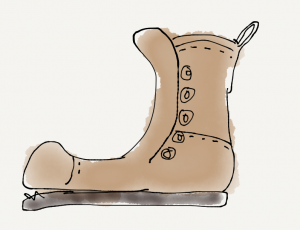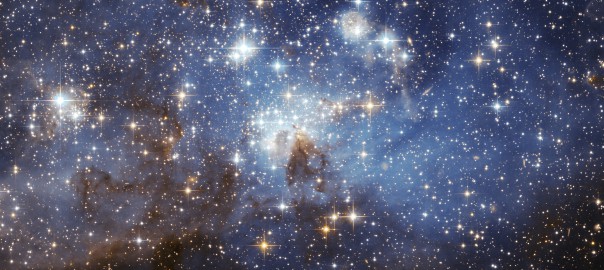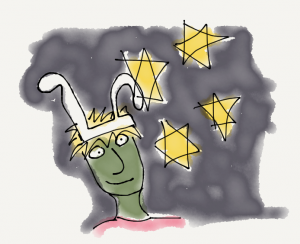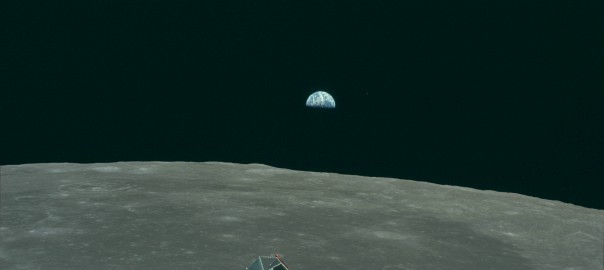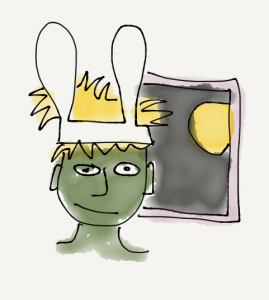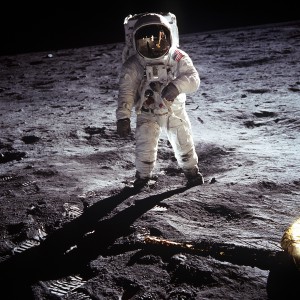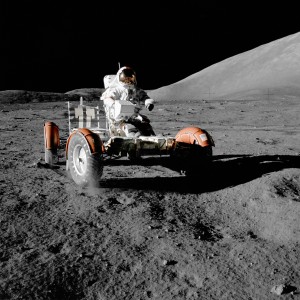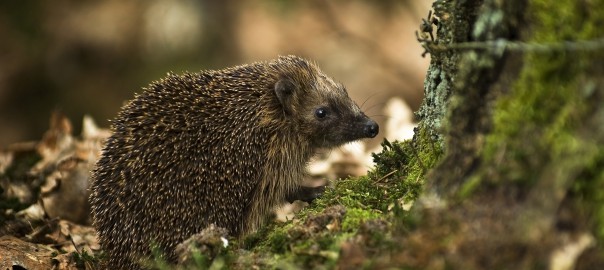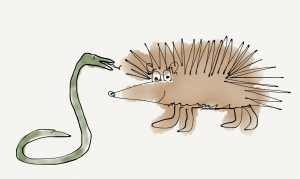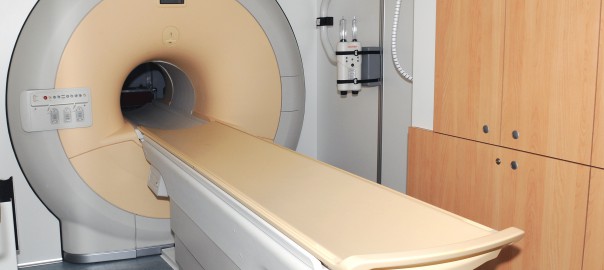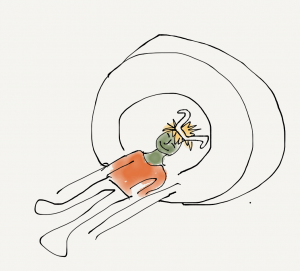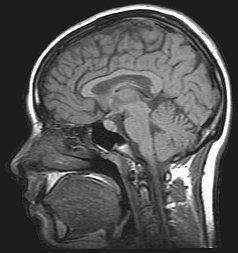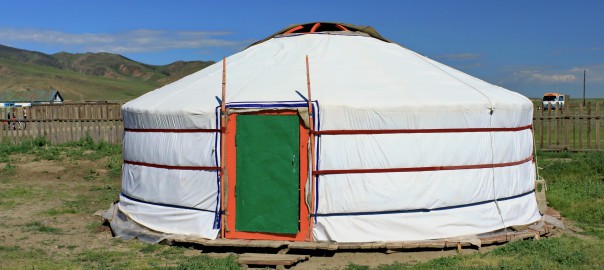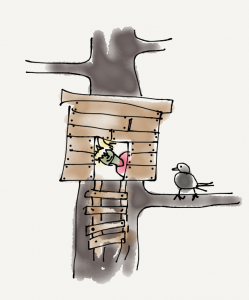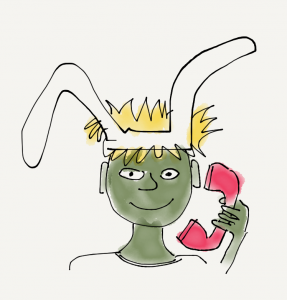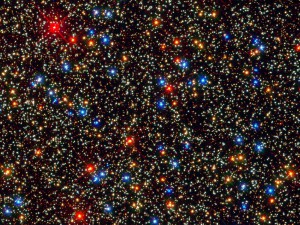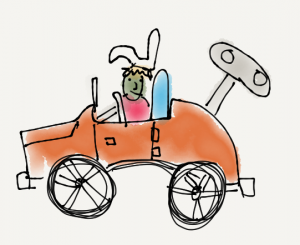
The idea of self-moving trolley is old, even though from the discovery of the idea it took few hundred years, until the German Carl Benz produced the first car with internal combustion engine. As early as the 1400s there were designs for self-propelled vehicles, including Leonardo da Vinci to consider the use of a spring force in vehicles. Later, Isaac Newton developed the idea of using steam eruption to power a car.
The earliest car is said to be Nicolas Josef Cugnot’s three-wheel steam car dating back to 1769. This car was designed for military use to haul guns and other heavy objects.
Although the car was invented as early as the turn of the century, it took more than a hundred years, until the cars started to become common everywhere. Even in grandma’s and grandpa’s youth also horse was still in use as means of transport and to haul farming equipment. Gradually, cars and tractors, however, became more common and replaced the horse-drawn carriages and gadgetry.
Originally cars were made by hand and gasoline had to ne bought from pharmacy. One of the automotive pioneers was the American Henry Ford, who built his first automobile factory based on conveyor belts. Once automotive color range was smaller than the current one. Ford is quoted as saying that customers can choose their car in any color as long as it is black.
Today, cars are produced in factories around the world. Most of the cars are still having combustion engines consuming petrol or diesel, but, for example, ethanol and electricity -powered cars are becoming more common. Cars are responsible for pollution which is making a mess in nature, and therefore cleaner cars are being developed all the time.


